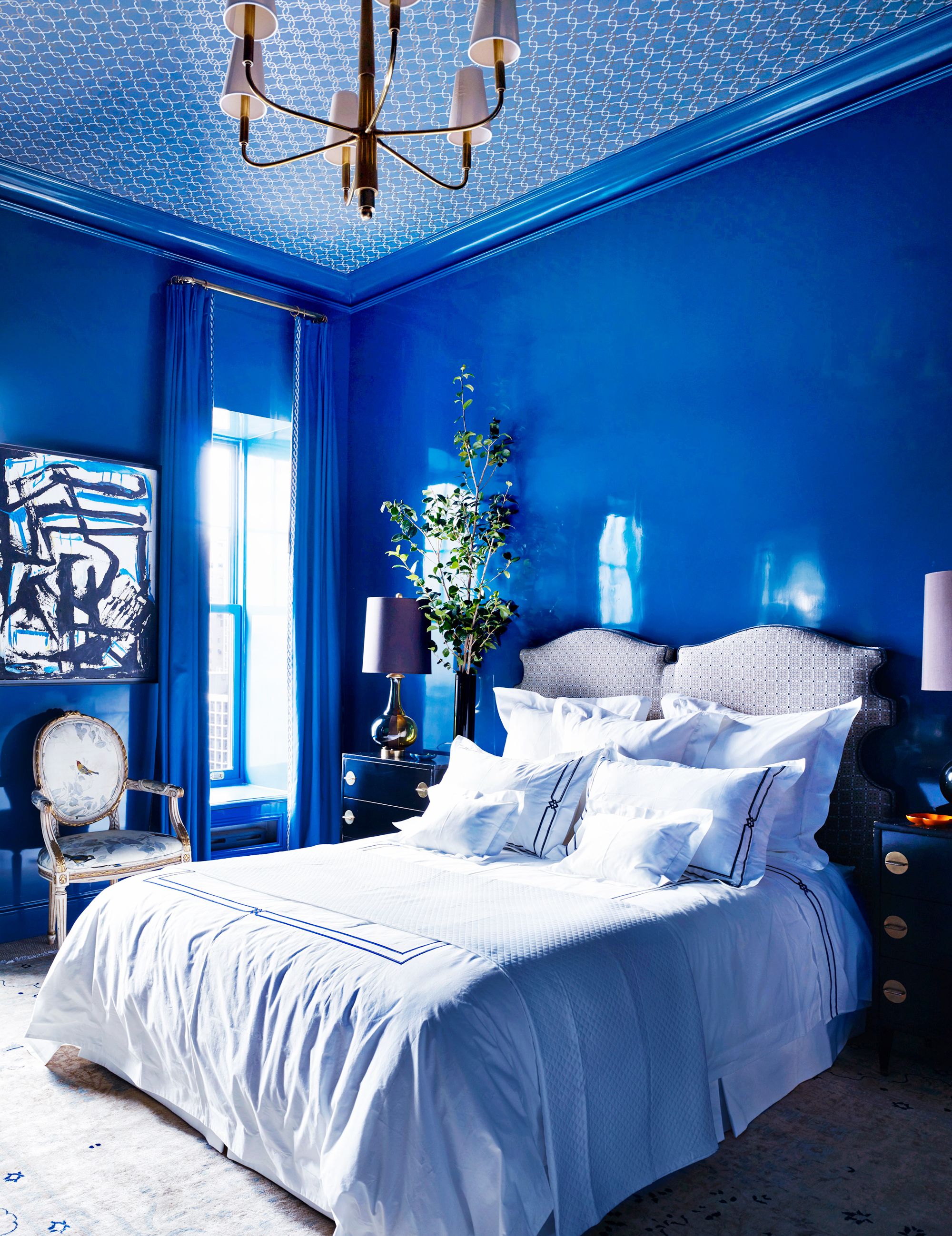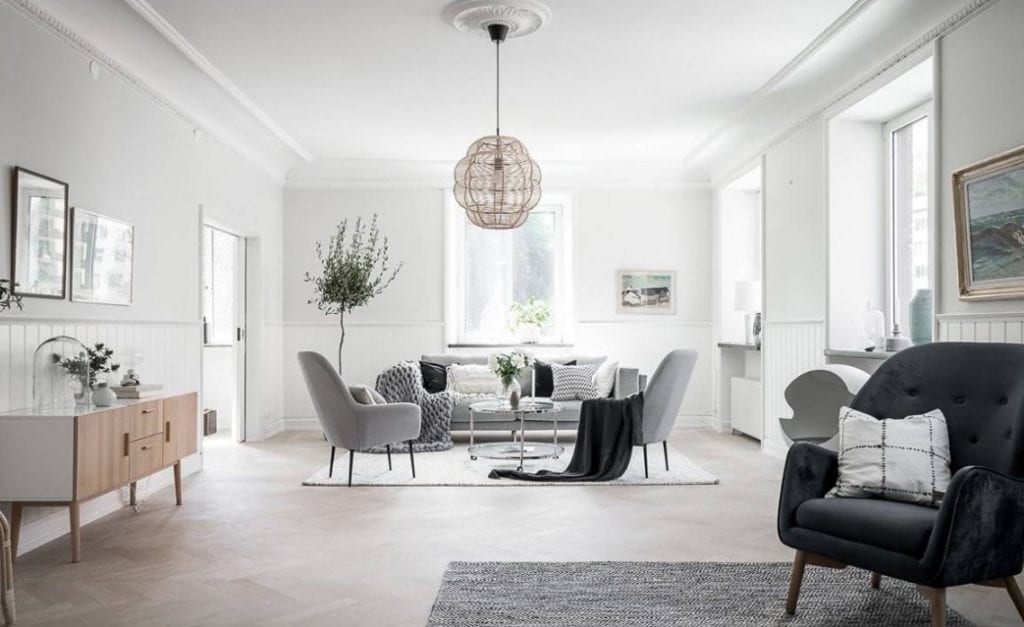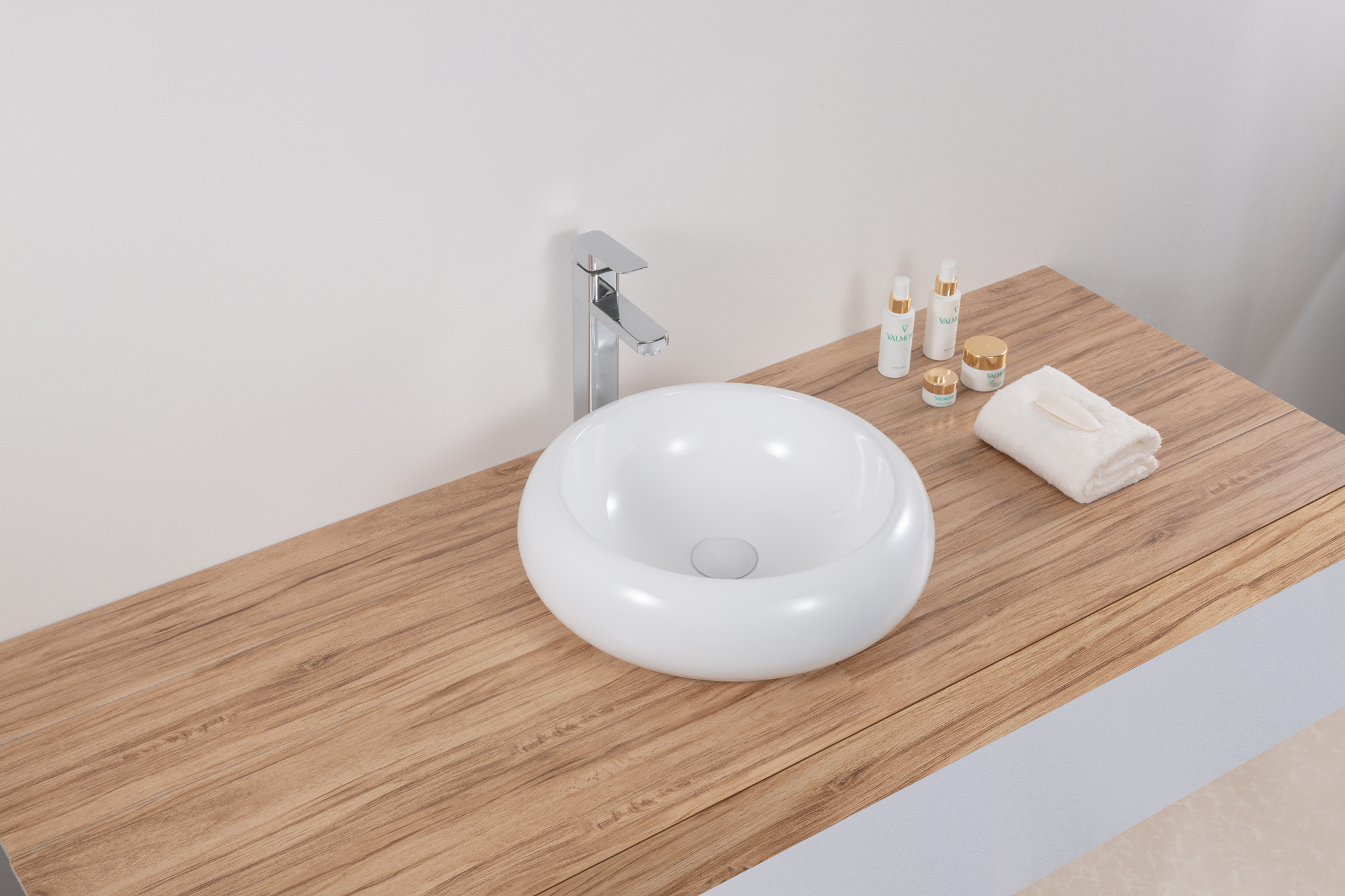A neutral color palette is a classic and timeless choice for a living room. This color scheme includes shades of white, beige, and gray, which can create a clean and sophisticated look. These colors also serve as a great base for adding pops of color or different textures to the room. An all-neutral living room can feel calm and serene, making it a perfect space for relaxation and entertaining.Neutral Color Palette
If you want your living room to feel warm and inviting, consider incorporating warm and cozy tones into your color scheme. Colors like deep reds, burnt oranges, and golden yellows can create a cozy and welcoming atmosphere. These colors also add a touch of vibrancy and energy to the room, making it a great space for socializing and spending time with family and friends.Warm and Cozy Tones
A monochromatic color scheme involves using different shades of the same color throughout the room. This creates a cohesive and harmonious look, making the space feel well put together. For a living room, you can choose a main color, such as blue or green, and incorporate different shades of it through furniture, decor, and textiles. This creates a subtle and elegant design that can make a statement without being too overwhelming.Monochromatic Scheme
For a bold and eye-catching living room, consider using contrasting colors in your color scheme. This involves pairing colors that are opposite each other on the color wheel, such as blue and orange or purple and yellow. This creates a dynamic and energetic look, perfect for those who want to make a statement with their living room design. Just be sure to balance the colors evenly throughout the room to avoid overwhelming the space.Contrasting Colors
If you want to bring a touch of nature into your living room, consider using earth tones in your color scheme. These include shades of brown, green, and beige, which can create a warm and natural atmosphere. These colors also pair well with natural materials like wood and stone, making them a great choice for a rustic or organic living room design.Earth Tones
Pastel hues are light and soft colors that can add a delicate and feminine touch to a living room. These include shades like light pink, baby blue, and mint green. Pastel colors can create a calming and soothing atmosphere, making them a great choice for a living room where you want to relax and unwind. They also pair well with other pastel colors or neutral tones.Pastel Hues
If you have a mostly neutral living room, adding bold and bright accents can bring a much-needed pop of color and personality to the space. This can include using bold colors like red, orange, or purple in the form of accent pillows, rugs, or artwork. These accents add visual interest and can be easily switched out for a different color scheme in the future.Bold and Bright Accents
Similar to earth tones, natural and organic shades can add a touch of nature to a living room. These include colors like moss green, sandy beige, and warm brown. These colors create a calming and grounding atmosphere, perfect for a living room where you want to feel connected to the outdoors. Pair these colors with natural materials like wood, jute, or rattan for a cohesive and natural look.Natural and Organic Shades
For a living room that promotes relaxation and tranquility, consider using cool and calming colors in your color scheme. These include shades of blue, green, and purple, which can create a serene and peaceful atmosphere. These colors are also known to have a calming effect on the mind and can make a space feel more open and airy.Cool and Calming Colors
When it comes to color combinations for a living room, don't be afraid to mix and match different patterns and textures. This can add depth and visual interest to the space, making it feel more dynamic and inviting. For example, you could pair a bold floral print with a subtle stripe or a velvet texture with a woven material. Just be sure to stick to a cohesive color scheme to avoid overwhelming the room.Mixing Patterns and Textures
Choosing the Right Color Combinations for Your Living Room

Creating a Cohesive Look
 When it comes to designing your living room, color is one of the most important elements to consider. The right color combination can transform a space and create a cohesive and inviting look. But with so many color options available, it can be overwhelming to know where to start. Here are some tips for choosing the perfect color combinations for your living room.
When it comes to designing your living room, color is one of the most important elements to consider. The right color combination can transform a space and create a cohesive and inviting look. But with so many color options available, it can be overwhelming to know where to start. Here are some tips for choosing the perfect color combinations for your living room.
Start with a Neutral Base
 When choosing colors for your living room, it's important to start with a neutral base. This will serve as the foundation for your color scheme and allow you to build on it with other accent colors. Neutral colors such as white, beige, and gray are versatile and timeless, making them the perfect choice for a living room. They also provide a blank canvas to work with, allowing you to easily switch up your color scheme in the future if desired.
When choosing colors for your living room, it's important to start with a neutral base. This will serve as the foundation for your color scheme and allow you to build on it with other accent colors. Neutral colors such as white, beige, and gray are versatile and timeless, making them the perfect choice for a living room. They also provide a blank canvas to work with, allowing you to easily switch up your color scheme in the future if desired.
Consider the Mood
 The mood you want to create in your living room is an essential factor in choosing the right color combinations. Are you looking for a cozy and intimate space? Or do you want a bright and energetic atmosphere? Different colors evoke different emotions, so it's important to consider the mood you want to achieve when selecting your color scheme. Warm colors like red, orange, and yellow can create a welcoming and lively feel, while cool colors like blue, green, and purple can bring a sense of calm and relaxation.
The mood you want to create in your living room is an essential factor in choosing the right color combinations. Are you looking for a cozy and intimate space? Or do you want a bright and energetic atmosphere? Different colors evoke different emotions, so it's important to consider the mood you want to achieve when selecting your color scheme. Warm colors like red, orange, and yellow can create a welcoming and lively feel, while cool colors like blue, green, and purple can bring a sense of calm and relaxation.
Use the 60-30-10 Rule
 An effective way to ensure a well-balanced color scheme is to follow the 60-30-10 rule. This means using 60% of one dominant color, 30% of a secondary color, and 10% of an accent color. The dominant color should be the one you use the most in your living room, such as on the walls or larger pieces of furniture. The secondary color can be used on smaller furniture pieces or décor items, while the accent color should be used sparingly to add pops of interest and tie the whole look together.
An effective way to ensure a well-balanced color scheme is to follow the 60-30-10 rule. This means using 60% of one dominant color, 30% of a secondary color, and 10% of an accent color. The dominant color should be the one you use the most in your living room, such as on the walls or larger pieces of furniture. The secondary color can be used on smaller furniture pieces or décor items, while the accent color should be used sparingly to add pops of interest and tie the whole look together.
Consider the Lighting
 Lighting plays a significant role in how colors appear in a room. Natural light can enhance or change the way colors look, so it's important to consider the lighting in your living room when choosing color combinations. If your living room receives a lot of natural light, cooler colors may appear brighter and more intense, while warmer colors may appear more toned down. Artificial lighting can also affect the way colors look, so it's important to test out colors in your living room before committing to them.
In conclusion,
choosing the right color combinations for your living room is crucial in creating a cohesive and inviting space. By starting with a neutral base, considering the mood you want to create, using the 60-30-10 rule, and taking lighting into account, you can create a beautiful and harmonious color scheme for your living room that reflects your personal style and enhances the overall design of your home.
Lighting plays a significant role in how colors appear in a room. Natural light can enhance or change the way colors look, so it's important to consider the lighting in your living room when choosing color combinations. If your living room receives a lot of natural light, cooler colors may appear brighter and more intense, while warmer colors may appear more toned down. Artificial lighting can also affect the way colors look, so it's important to test out colors in your living room before committing to them.
In conclusion,
choosing the right color combinations for your living room is crucial in creating a cohesive and inviting space. By starting with a neutral base, considering the mood you want to create, using the 60-30-10 rule, and taking lighting into account, you can create a beautiful and harmonious color scheme for your living room that reflects your personal style and enhances the overall design of your home.






:max_bytes(150000):strip_icc()/MyDomaine_ColorPalette-Neutral-1-fe9a91dcf8814904a630a0d928216bcd.jpg)
/MyDomaine_ColorPalette-Neutral-2-3590678b1c9143e28dd6b536f0a1e008.jpg)





























/Color-Contrast-Chart-59091b973df78c9283e31928.jpg)

/Colorwheel-58d0206f3df78c3c4f45653b.jpg)

























.jpg)


















































